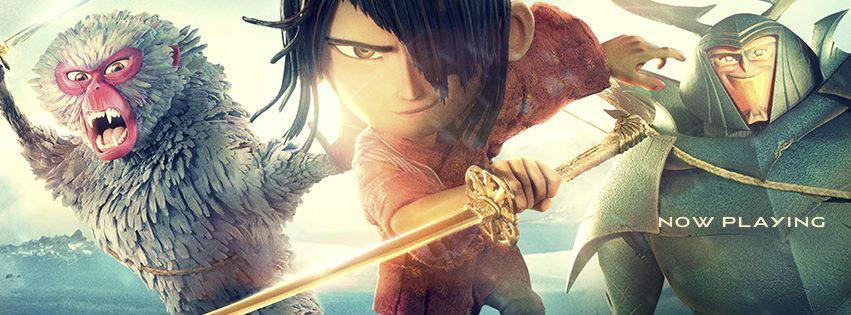Risk-Taking ‘Kubo’ Pays Off
Kubo and the Two Strings is an animation that took a risk in diversifying Hollywood.
September 6, 2016
In a year filled with sequels, remakes, revamps, adaptations and the like, the one-of-a-kind film “Kubo and the Two Strings” served as a much-needed breath of fresh air to the monotony of the Hollywood formula.
Out of the roughly 60 films that came to theaters this summer, about a third of them were reboots, spinoffs or sequels. What does this say about those big wigs out in Hollywood? Don’t get me wrong, I love Disney Pixar films as much as the next, but the key thing that differentiates “Kubo” from “Finding Dory” is the amount of risk behind its production.
“Kubo and the Two Strings” was a risk. It was a film about a Japanese child: risk. Anything with a foreign protagonist is a bold move. Besides that, it was an original film, not an adaptation from a book. There is safety in knowing that a book was a bestseller and already has a large fanbase. The film touches on the topic of death: risk. Talking about death in children’s film tends to be taboo.
Despite being so risky to make, the film has been well-received by both critics and fans alike, though no movie is without its flaws. A major flaw in “Kubo” was the whitewashing of the cast. Its Japanese characters are voiced by white, A-list Hollywood celebrities such as Matthew McConaughey, Rooney Mara and Charlize Theron. It is clear that this was done in order to offset some of the riskiness of the film’s production and to receive financial backers; however, at the same time, this proved to be the film’s major weakness.
As a stop-motion animated film, the production company Laika took a similar approach with “Kubo” as they did with their other films “Coraline” and “ParaNorman.” The biggest difference, however, is that with this new film they went above and beyond in entertaining their audience. Perhaps the most impressive feat of this film, besides the incredible storyline, was in its creation of the 16-foot-tall 3D-printed stop-motion skeleton puppet. The largest stop-motion puppet that the company has created, the skeleton puppet highlighted the filmmakers’ dedication to their craft and won audiences over handily.
Though its cast was primarily filled by white actors, the originality and sincerity of the film made a very strong impact. A film that respects and praises Japanese folklore and and the ancient art of origami, it transcends the traditional Hollywood formula by breaking it. Originality is hard to come by in the year of remakes that is 2016. Hopefully more production companies will follow Laika’s example and give their audiences the ingenuity and novelty that they so crave.
A version of this story appeared in the September 9th print edition. Email Dejarelle Gaines at [email protected].




























































































































































